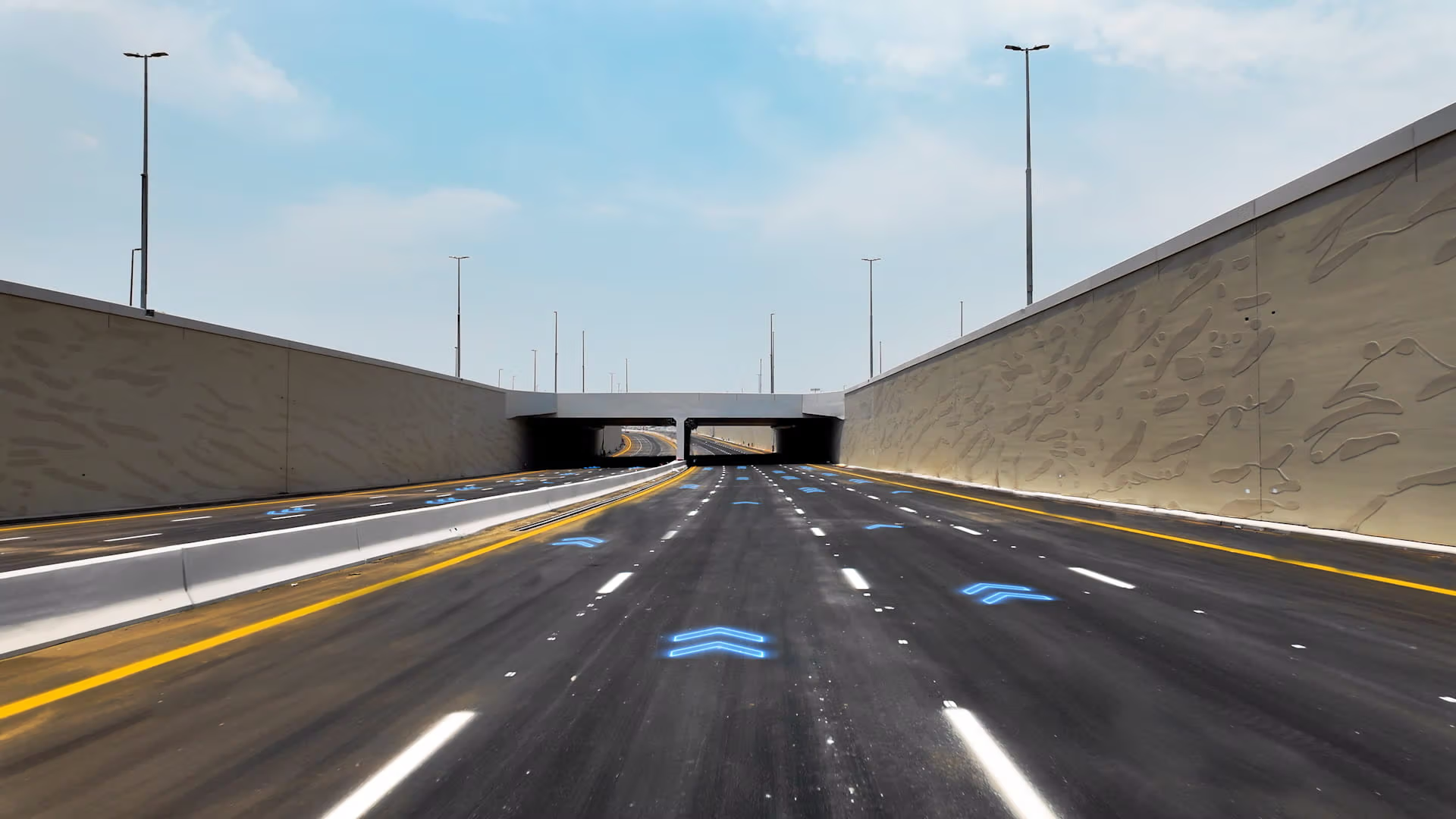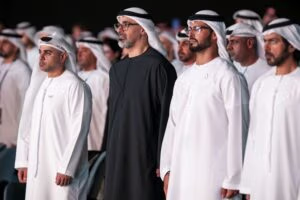The Roads and Transport Authority (RTA) has officially inaugurated an 800-metre tunnel with four lanes in each direction as part of the ongoing Umm Suqeim Street Development Project. The upgraded infrastructure stretches from the intersection with Al Khail Road to Sheikh Mohammed bin Zayed Road, significantly enhancing traffic flow across several key residential and commercial areas.
Strategic Urban Mobility Upgrade
According to His Excellency Mattar Al Tayer, Director General and Chairman of the Board of Executive Directors at RTA, this tunnel is a critical component of a larger 4.6-kilometre development along Umm Suqeim Street. The latest works focused on the intersection with Al Barsha South Street, near Kings’ School, and included not only the new underpass but also a signalised surface-level intersection to improve access and safety.
#RTA deployed the latest smart technologies to monitor progress on Umm Suqeim Street Development Project. Drones were used to analyse construction data using artificial intelligence, enhancing operational efficiency on-site, accelerating decision-making, and providing real-time,… pic.twitter.com/YqidhmsMY5
— RTA (@rta_dubai) August 3, 2025
Part of a 16 km Corridor Development
The broader project is part of RTA’s comprehensive plan to enhance the Umm Suqeim–Al Qudra corridor, which runs from Jumeirah Street to Emirates Road, covering a total distance of 16 kilometres. This corridor forms a key east-west transit route, designed to improve integration with Dubai’s major north-south arterials such as Sheikh Zayed Road, Al Khail Road, Sheikh Mohammed bin Zayed Road, and Emirates Road.
Improved Capacity and Reduced Travel Time
With the new tunnel in place, Umm Suqeim Street’s capacity increases to 16,000 vehicles per hour in both directions. RTA reports that travel time between Sheikh Mohammed bin Zayed Road and Al Khail Road has been cut by 61%, dropping from 9.7 minutes to just 3.8 minutes. The development will directly benefit densely populated areas including Al Barsha South 1, 2, and 3, Dubai Hills, Arjan, and Dubai Science Park, which together house over one million residents.
#RTA has opened an 800-metre tunnel with four lanes in each direction as part of Umm Suqeim Street Development Project, which extends from the intersection with Al Khail Road to the intersection with Sheikh Mohammed bin Zayed Road. The project forms part of our ongoing efforts to… pic.twitter.com/4El49NnoJV
— RTA (@rta_dubai) August 3, 2025
Smart Technology-Driven Execution
RTA employed cutting-edge smart technologies throughout the project’s construction phase. Drones and AI were used for real-time construction data analysis, improving efficiency, decision-making, and on-site accuracy. These tools helped double on-ground presence, cut field survey durations by 60%, and boosted monitoring efficiency by 40% with the help of time-lapse imaging.
History of Ongoing Improvements on Umm Suqeim Street
This latest development builds on several earlier upgrades. In 2013, Phase I of the Umm Suqeim Street Project focused on the stretch between Sheikh Zayed Road and Al Khail Road, which included two three-lane bridges, key signalised intersections, and three pedestrian bridges to ensure safe crossings between Al Quoz and Al Barsha.
Further enhancements followed in 2020, including a 500-metre bridge at the entrance of Dubai Hills and Al Barsha South, developed under the bridges and roads project serving Dubai Hills Mall. This bridge also accommodates four lanes in each direction, offering a similar capacity of 16,000 vehicles per hour.
Shaping Dubai’s Future Mobility
The opening of the new tunnel is a testament to RTA’s commitment to keeping pace with Dubai’s rapid urban expansion and growing population. As part of the emirate’s strategic transport vision, projects like the Umm Suqeim Street upgrade play a vital role in ensuring smooth traffic flow, road safety, and enhanced connectivity for communities across the city.





